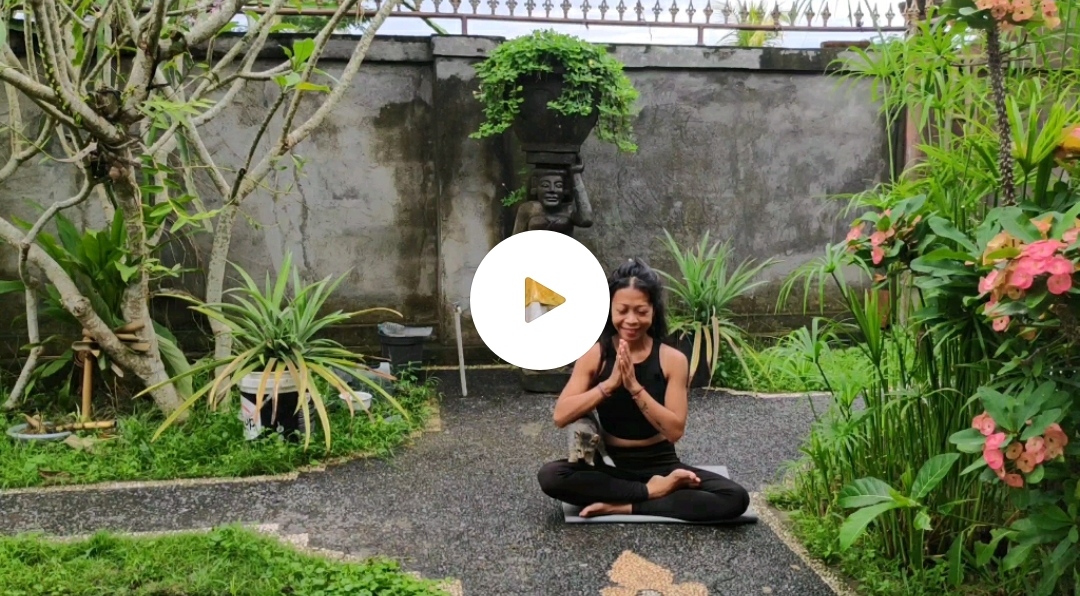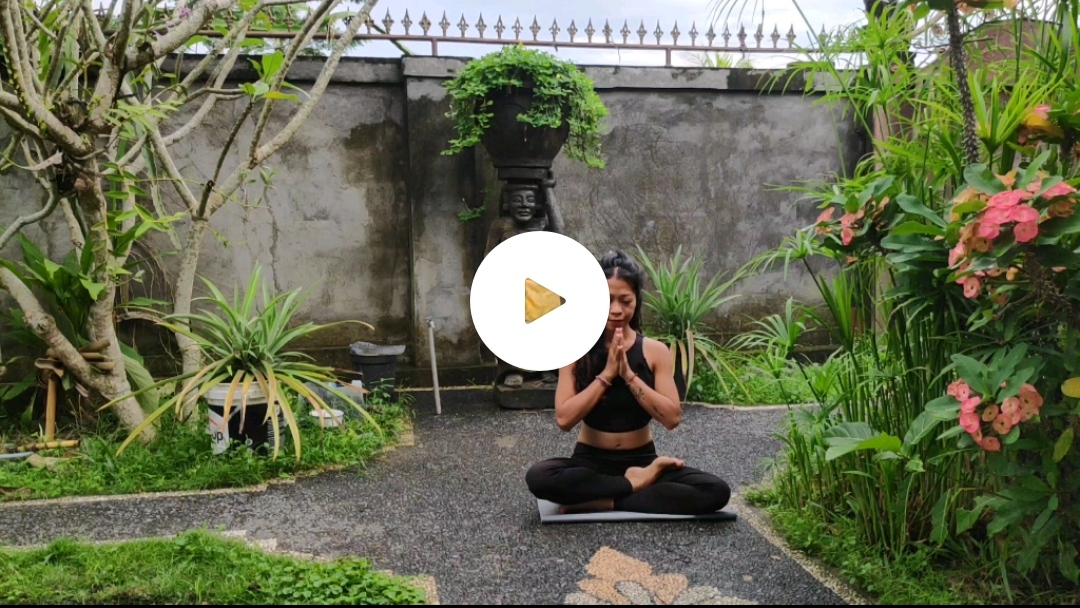ASANA PRACTICE CATEGORIES
The nature of our reality is finding balance. Our body and our mind quickly shift into the path of progress and learning. And here we are, living the time of evolution.
The journey yoga practice, may be started from physical exploration. As long as the body needs exercises and practice, as well as the mind. Each practitioners must continue the journey throughout the mental exploration as well. In this way, we can complete the perfect circle of balance between the mind and body.
Holistic yoga practice must be performed by considering all aspect of yoga which at least include: Asana, Pranayama and Meditation. The base of yoga practice must be built from the understanding of the condition of the body, the breath and the mind.
Each practice must be performed with dedication and must be done continuously without interruption. Thus, the condition of well-being will be achieved.
Personal practices must be designed based on personal needs and intention. This is the way for the practice can be directed to progress towards the ultimate goal.
Yoga at home is the best option we can provide for ourselves. The practice is being done in the space that make us feel safe and comfortable.

SUBSCRIBE our YouTube Channel for more videos.
THE PRACTICE OF ASANA YOGA
“Asana” is a Sanskrit word, which meaning can directly be described as “our manner or our behavior”. With this understanding, asana practice must be performed both “on the mat” and “off the mat.”
The way we walk and the way we sit define our asana. The way we bring ourselves in our daily life (off the mat) influence the progress of our asana practice on the mat. We continuously bringing ourselves into this reality that gives direct meaning to the transformation of our practice.
In detail, yoga asana can be described as the practice of physical movements that is being performed within procedures as following details based from a lineage of teaching (i.e Hatha Yoga Pradipika, Ashtanga Yoga, Bikram Yoga, Iyengar Yoga, etc). Yoga asana practice is known as a specific position that is being conditioned for our physical body within a momentum period of time, also known as yoga pose or yoga postures. Through the asana practice, our physical body can slowly learn to repair itself without constricted forced and in a balance way.
The asana must be performed carefully and with awareness. This is the way for the physical body can be directed in such way that it can find comfort and safety.
THE PRACTICE OF PRANAYAMA
“Pranayama” derives from the words “prana” which described as “life energy/ the energy of life” and “yama” which can be understood as “relationship or interaction”. The understanding of pranayama practice can be started from our relationship and interaction with the energy of life itself.
The practice of pranayama is being performed by regulation of the breath. Breath has become the core and the base of pranayama practice and thus being extended throughout all practice of yoga, including yoga asana and meditation.
Regulation of breath means understanding the flow of the breaths. Being aware to the process of changing between inhalation, retention and exhalation. Within this practice we learn to calm the mind and cultivate focus and concentration.

SUBSCRIBE our YouTube Channel for more videos.
MEDITATION
Practice of meditation is aimed to achieve progress of focus and concentration. Focus means being able to recognize one object of meditation. And concentration means being able to maintain focus towards certain object of meditation is the length period of moments without interruption.
The nature of mind is conditioned always within a constant changes. Content of thoughts, for example, changes rapidly and constantly. In this condition, our ultimate task is to recognize the constant changes.
When the mind is settled, our focus become easily directed. In this way we are able to define the content of our thoughts. Meditation is the only way of life. This is the only way to understand the meaning of life itself.
WHO WILL BE PRACTICING WITH US?
- Those who need to “slow down”
- Those who have physical injuries
- Those who works at the office and have long hours of sitting
- Those who are trying to be in their ideal posture
- Those who need to find a balanced daily habit
- Those who has postural injuries
- People who stress out with daily routine
- People who seek for life changes
- People who have breathing problem or difficulties of breathing
- People who have problem to physical pain or discomfort
- People who has uncontrolled thoughts and cannot focus their mind
- People who has problem with their self-confident
- People who are working with trauma release
- Those victims of “black magic”






